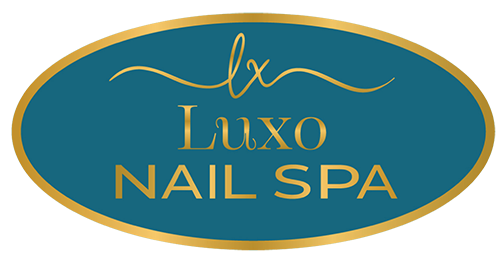Top Nail Salon Safety Practices Every Client Should Know
- luxonailspa2
- May 27
- 3 min read
If you're heading out for a relaxing manicure or pedicure, the last thing you want to worry about is whether the salon you're visiting is clean and safe. Nail salon safety isn't just about comfort—it's a health necessity. From the risk of infections to chemical exposure, poor hygiene and sanitation can lead to serious consequences. That's why it's crucial to know what to look for in a hygienic nail salon.
In this post, we’ll cover how to spot a clean, safe salon, the key questions you should ask your nail tech, and the red flags you should never ignore.
What to Look for in a Clean and Safe Nail Salon
A reputable salon should follow strict salon sanitation practices. When you walk in, take note of the overall cleanliness—not just the nail stations. Here are a few things to check:
Sanitized Tools: Metal tools should be sterilized in a sealed pouch or disinfectant solution after each use. Many salons use autoclaves (like those in dental offices) to ensure total sterilization.
Disposable Items: Items like nail files, buffers, and foot pumice stones should be new or disposed of after each client.
Clean Workstations: Nail stations should be free of dust, nail clippings, and spills. A tidy workstation reflects good hygiene habits.
Proper Ventilation: A good salon has proper air flow to reduce inhalation of harsh chemicals. If you notice strong odors lingering, it could be a sign of poor ventilation.
Technician Hygiene: Nail techs should wash their hands before each session and wear gloves when necessary, especially during pedicures.



Questions to Ask Your Nail Technician
It’s perfectly okay to ask your nail tech a few questions before your appointment. After all, your health is on the line. Here are some important ones:
"How do you sterilize your tools?" This helps you confirm whether they use industry-standard practices like autoclaves or hospital-grade disinfectants.
"Do you use disposable files and buffers?" Reusing porous tools is a hygiene no-no. A hygienic nail salon should have a clear policy about single-use items.
"How do you clean your pedicure tubs?" Tubs should be disinfected between every client. Some salons even use liners to ensure cleanliness.
"What kind of products do you use?" Quality products reduce the risk of allergic reactions and skin irritation.
Red Flags to Avoid
Not all salons prioritize your safety. Be on the lookout for these warning signs:
🚩 Reused or dirty tools: If tools come straight from another client’s service to your hands without being sanitized—run. 🚩 Unlabeled products: Salons should use clearly labeled, reputable products. 🚩 Dirty floors or bathrooms: If the basics aren’t clean, deeper sanitation may be lacking too. 🚩 No licenses in sight: Technicians should be licensed, and the salon itself should display current certifications. 🚩 Cuts or burns during service: Over-aggressive techniques and poor tool handling are unacceptable.
Final Thoughts
Your nail salon visit should be a safe, pampering experience—not a health gamble. By understanding the basics of nail salon safety and being proactive about where and how you get your services done, you can protect yourself from infections and other risks.
Always remember: a truly hygienic nail salon will welcome your questions and have nothing to hide. Clean tools, a sanitized environment, and professional behavior aren’t just good practice—they’re non-negotiable.
Stay safe, stay polished!




Comments